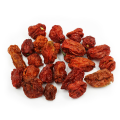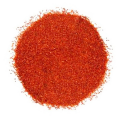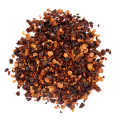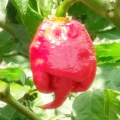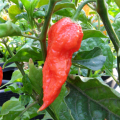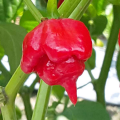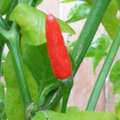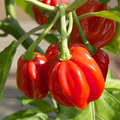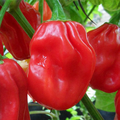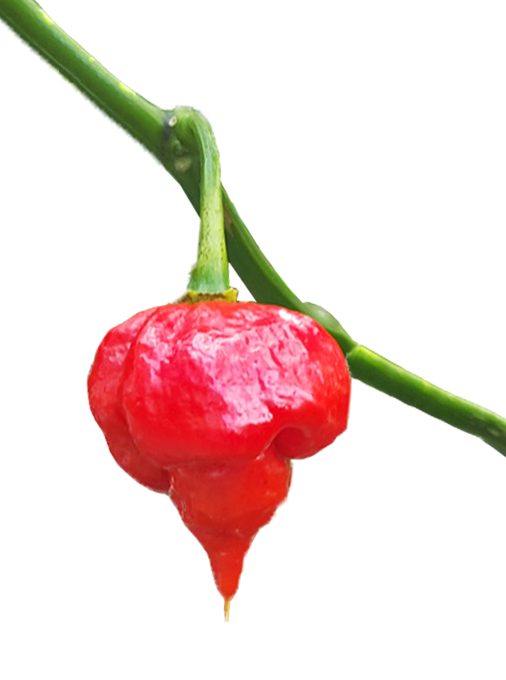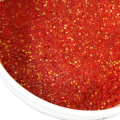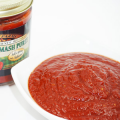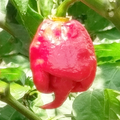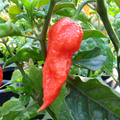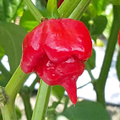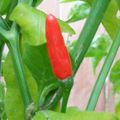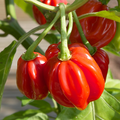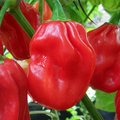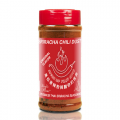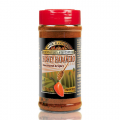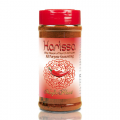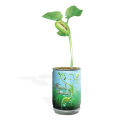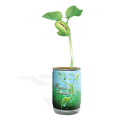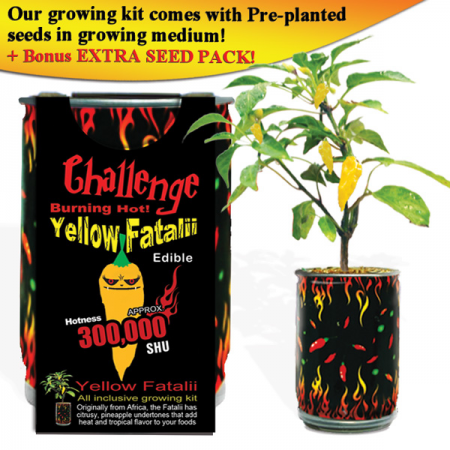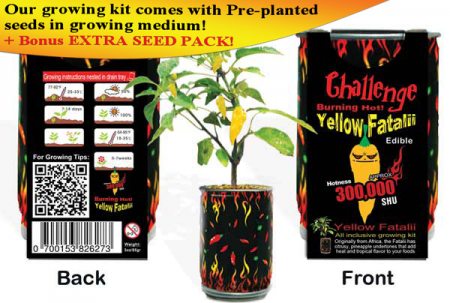Orange Fatalii
The Orange Fatali chili pepper’s heat rivals that of the Habanero. Its flavor is described as a little fruity and a little bit citrusy. If a person eats the entire chili, the back of the throat experiences the heat first, then, about 10 seconds later, the rest of the mouth begins to burn. The burn will then last for a while.
History of the Orange Fatalii Chili Pepper
This popular hot pepper has its origins in the Americas, however, many people attribute the true origin to Central Africa. Much disagreement exists surrounding the origin and history of the Orange Fatalii as commerce between Africa and the Americas has spanned for more than four centuries.
Uses for the Orange Fatalii Pepper
Orange Fatalii chilies are known for their heat as well as their citrus flavor. Many choose to use the chili to make hot sauce. Adding lemon and lime helps add to the hints of citrus. Adding oil and nuts helps reduce or extend the heat a little bit. Fruit mixes well with this chili when making salsas and hot sauces creating a divine flavor combination. To use the Orange Fatalii fresh, dice it up and add it to marinades, chutneys, dressings, and salsas. Use the hot pepper to make jam or jelly by adding fruit. The pepper’s thin walls make it the perfect option for drying. Many have used the Fatalii to add fruit and spice in home brewed beer.
Cultivating the Orange Fatalii Chili
Hot peppers need to be germinated in a protected area. Make sure the planting mix drains properly. Peat pots, coco peat pellets do not work well for hotter peppers since they tend to retain too much moisture. Pots need to be at least 4 inches to ensure successful transplanting when seedlings start to grow. Use a lightweight starting mix since it contains a slow-release fertilizer useful for germinating seeds.
Plant seeds twice as deep as the size of the seed. For example, plant a seed 1/8-inch-long in ¼ inch of soil. Greater depths prevent seeds from germinating and growing. Do not overwater the seeds. Soil needs to feel damp, but not wet.
Many of the hotter pepper varieties can take 30 or more days to germinate. During this time, keep them in a warm, humid environment. Soil temperature needs to be about 80 to 85 degrees F in the day. A shelf on an enclosed porch, or a window sill works great. Special heating pads also help keep soil warm. After the seeds sprout, reduce the temperature to about 70 degrees F. Do NOT over water during this time, as nightshade plants, such as peppers, are susceptible to several fungal diseases.
Once the seedlings reach between 8 and 12 inches height, plant them outdoors or in permanent containers. Planting needs to be at least two weeks after the latest frost to ensure plants are safe. Gradually expose seedlings to sunlight over a few days by putting them closer to the proposed planting area each day. This allows plants to adapt and their stems to harden. Plant seedlings 24 inches apart. Most hot peppers take between 60 and 150 days to produce ripe fruit once planted outside.
- Fatali
No posts found

